

Shugakuin Imperial Villa, located on the northeastern outskirts of Kyoto City, is a stunning complex of traditionally designed buildings and gardens interwoven into paddy fields. It was constructed from 1655 to 1659 by Emperor Gomizuno and presently, is managed by the Imperial Household Agency. The complex features three sections–the Upper, Middle, and Lower Villas–which are connected by tree-lined pathways. Between the villas, the majority of the land is designated as paddy fields and is still cultivated by local farmers today.
The most celebrated characteristic of the villa is its gardens. Each section has its own exquisite landscaping that utilizes the Shakkei method of gardening. This process integrates the surrounding scenery into the garden’s design for a more dynamic and three-dimensional viewing experience. The gardens are especially popular in spring when the cherry blossoms and seasonal flowers are in full bloom, and in autumn when the surrounding mountainscape turns fiery.
The Upper Villa’s Rin’untei Pavilion is also a noteworthy spot as it offers lovely views of Yokuryūchi pond, Kyoto City, and surrounding naturescape. Although you cannot enter buildings, some are left open so you can have a peek at their tatami floors and beautifully painted panels.
In order to enter the villa, you must submit an application and join a guided tour. You can register online or in person. Make sure to have your passport or a government-issued ID on hand. Same day registration is permitted but is run on a first-come-first-served basis. The tour lasts about an hour and 20 minutes and includes visits to all three villas. Although the tour is only available in Japanese, the facility offers audio guides in English, Chinese, French, Korean, and Spanish free of charge.
Shugakuin Imperial Villa is about a 15- to 20-minute walk from Shugakuin Station on the Eizan Railway Line

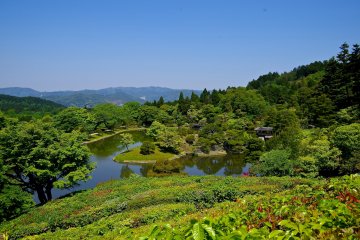
Kyoto Shugakuin Imperial Villa: Simple, peaceful, and rustic place for Emperor Go-mizunoo
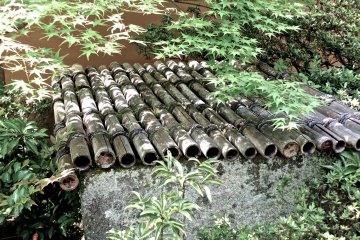
It's easy to imagine why Kyotos Shugakuin Imperial Villa was chosen to be the playground of the Emperor in Japan's early Edo period (1655).

For two to four people a vacation rental like Kuramaguchi-An offers a lot more space, freedom and convenience than a hotel at very little extra cost.
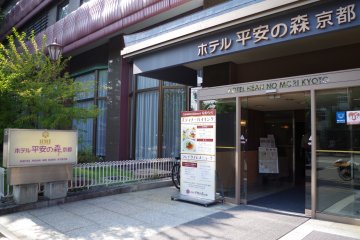
Hotel Heian No Mori Kyoto enchants us with a tranquil atmosphere.
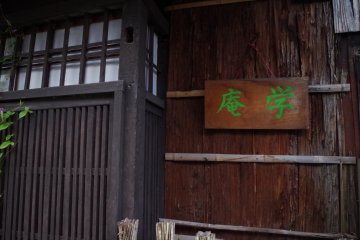
Live the life of a Edo period noble at Kaiokan in Okazaki Higashiyama Kyoto

Emi's cooking class, like the crescendo in a movie soundtrack, takes on a life of its own at the Kyoto Uzuki Cooking Class.

Akatsuki Coffee, Kyoto: A cozy neighborhood coffee shop.
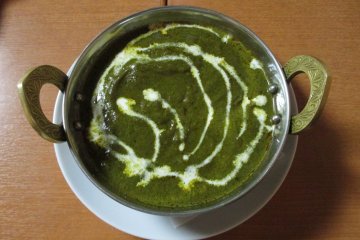
Samjhana offers Nepalese cuisine in Takanotakeya, Kyoto.
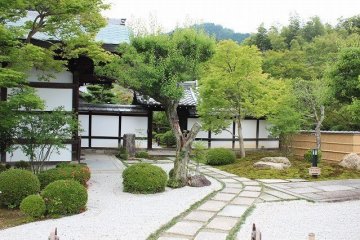
Enkō-ji, is a Zen Buddhist temple located near the Shugakuin Imperial Villa at Sakyō-ku, Ichijo-ji, Kotani-cho, in northeast Kyoto, Japan. It is famous for its fall foliage and Suikinkutsu. [Wikipedia]

The Ginkakuji, also known as the“ Silver Pavilion ”, is a Buddhist Zen temple in the Higashiyama area in northeastern Kyoto. The surrounding gardens from the Edo period were designated a special historical site in 1952, and UNESCO took the Ginkakuji together with others Buildings in 1994 in the World Heritage Site Historic Kyoto. Construction of the complex began in 1482 and was intended to be the retirement home of the then shogun Ashikaga Yoshimasa. However, it was not completed until his death, so it was converted into a temple according to his request. Two buildings have been preserved in their origins, of which the Kannon den is the symbol of the temple and is usually called the "Silver Pavilion", while the Togu-do contains one of the oldest rooms for the tea ceremony. The complex is also known for its moss garden and the extraordinary sand garden known as the “lake of silver sand”. In contrast to the “Golden Pavilion”, the Ginkakuji is not covered with silver. The name probably came from the similar architecture of the two buildings.

The Philosopher's Path (哲学の道, Tetsugaku no michi) is a pedestrian path following a canal lined by cherry trees between Ginkaku-ji and Nanzen-ji. The path earned its name because an influential 20th century philosopher, Nishida Taro, is thought to have used it for daily meditation.